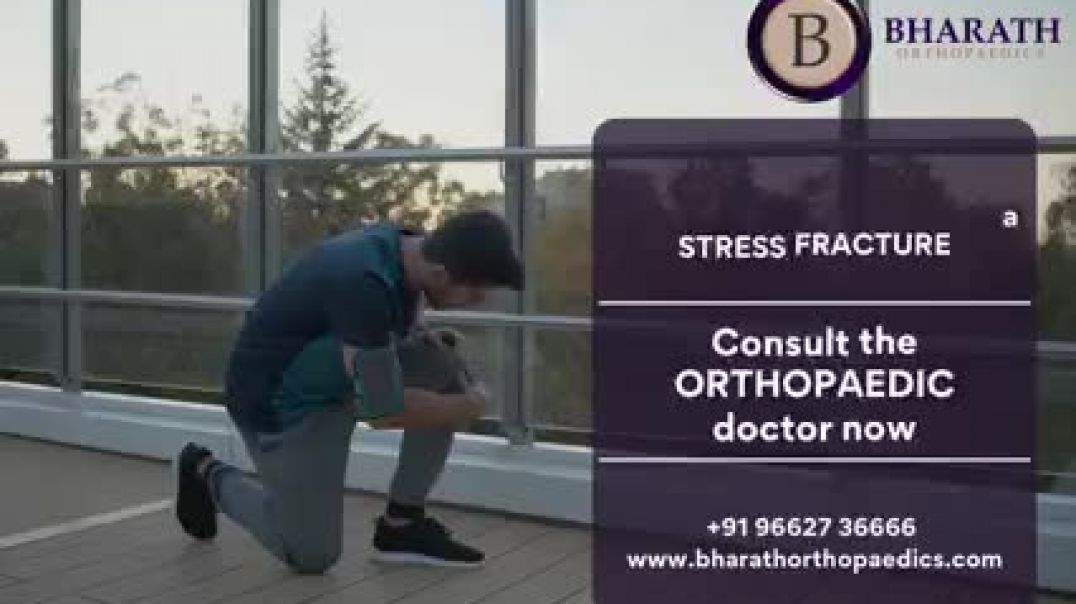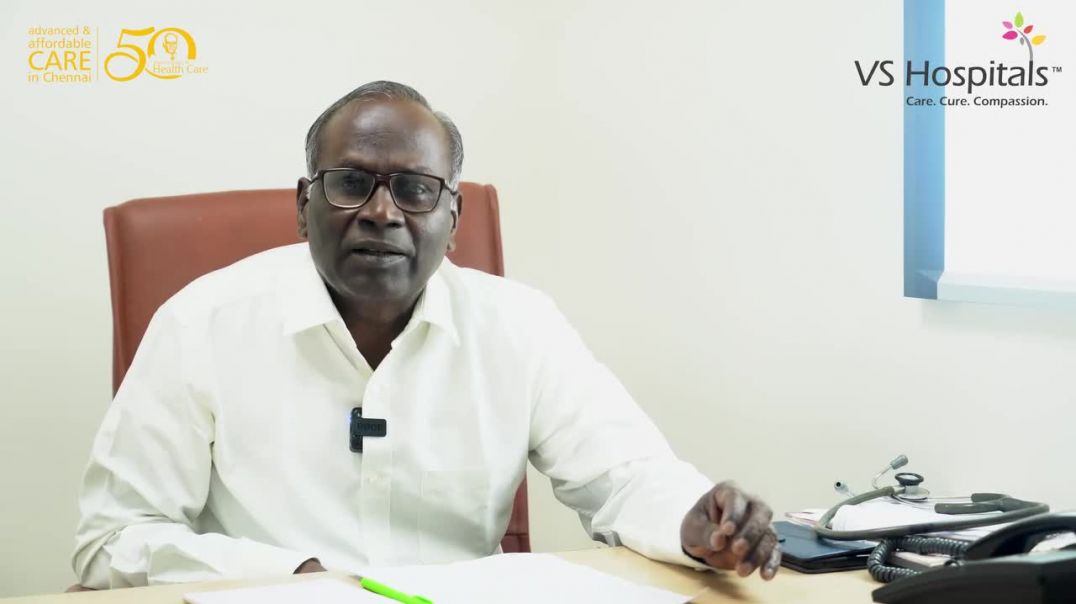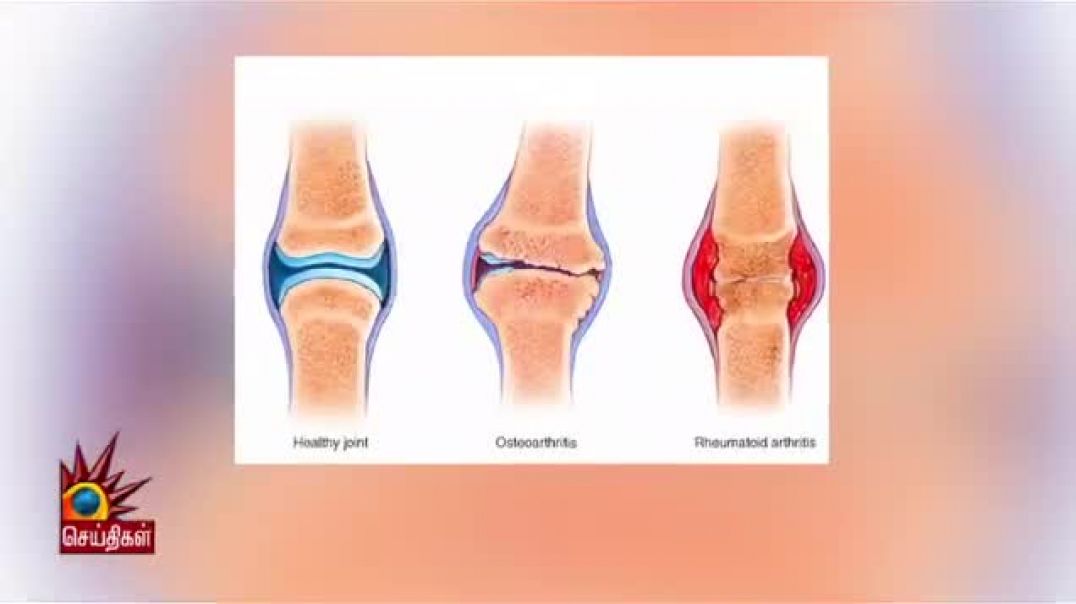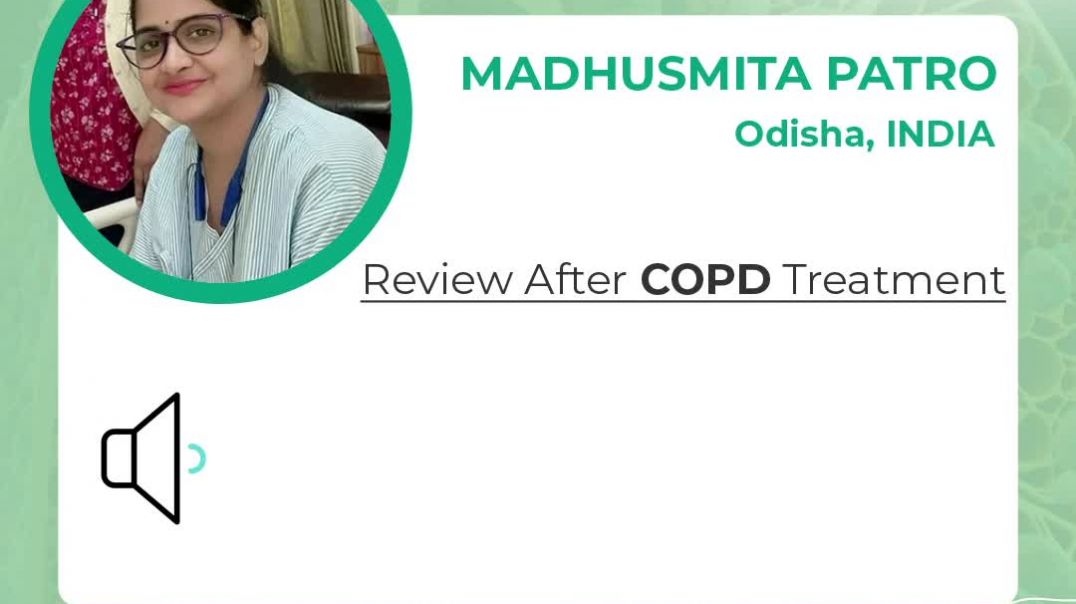Choosing Surveillance Over Surgery 🏥 Thyroid Cancer Treatments Revolutionized
@mskcc @DoctorThyroid @kumahospital
In recent years, innovative methods in thyroid cancer management have drastically changed the field, and potentially the future of cancer treatments overall. A thought-provoking revelation comes from a discussion held at the World Congress on Thyroid Cancer in London, where a paradigm-shifting concept was discussed by two highly respected figures in the field.
Dr. Akira Miyauchi of Kuma Hospital in Kobe, Japan, and Dr. Michael Tuttle from Sloan Kettering Cancer Center, New York, unveiled a practice that goes against traditional medical protocol: favoring active surveillance over immediate surgery in managing papillary thyroid cancer. The method has been utilized at Kuma Hospital for 30 years, and in this time, not one patient has died from this type of cancer. This groundbreaking revelation was discussed in a live interview hosted by Philip James of the Doctor Thyroid podcast.
According to Dr. Miyauchi, the original proposal for this trial of active surveillance was approved and initiated in 1993. It is based on the principle that early intervention is not always critical. Instead, the method favors regular monitoring of the patient's condition to identify any changes in the cancer's progression.
"The most important thing might be the unclosing safety of the active surveillance. Compared to immediate surgery, the instances of unfavorable events such as vocal cord paralysis, hypoparathyroidisms, or patients with surgical scars, patients taking Levothyroxine - these instances are significantly smaller in active surveillance," explained Dr. Miyauchi.
The focus of active surveillance is not to disregard treatment but to delay intervention until necessary, allowing for better management of the disease. This, in turn, reduces the risk of complications often associated with early and possibly unnecessary surgery.
However, surveillance does not mean the absence of treatment. Many patients are proactive in their health management, adopting healthier lifestyles, engaging in physical activities, and sometimes utilizing alternative treatments. The goal remains the same: to halt or slow the progression of the cancer.
Dr. Tuttle reiterated that the outcomes and survival rates between early and delayed intervention are largely the same. Importantly, patients who do show a small increase in the size of the cancer or the appearance of small lymph nodes in the neck can still be efficiently treated with delayed surgery. This does not compromise their chance of a full recovery or increase their risk of recurrence or distant metastasis.
In the U.S., where active surveillance has been practiced for around 12 years, Dr. Tuttle's experience with patients who have needed to switch to surgery has been largely positive. Most were grateful for having been able to keep their thyroid for as long as they did, and many even reported feeling healthier due to the lifestyle changes they had implemented.
"Having seen a few now that are on the other side of that, I can tell you for most people they weren't upset they weren't sad that we had to do something but they felt like they'd given it their best," Dr. Tuttle explained.
This approach might, however, require a change in doctors' attitudes as well. It's not only about informing patients about their cancer but also managing their anxiety and uncertainty about the 'wait and see' strategy. The physicians' warm-heartedness, their reassuring demeanor, and the trust they establish with their patients are crucial factors that may significantly affect patients' psychological well-being.
The shift from immediate surgical intervention to active surveillance represents a revolutionary approach to managing thyroid cancer. The results from the Kuma Hospital trial are prompting the medical community to rethink its strategies and consider adopting this new method more broadly. Although active surveillance might not be the right choice for all patients, it presents an alternative and safe option for those with papillary thyroid cancer, potentially improving both their physical and psychological quality of life.
-
Category






















No comments found